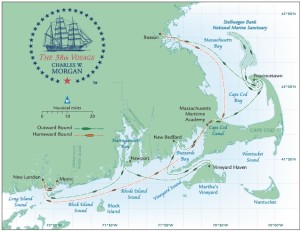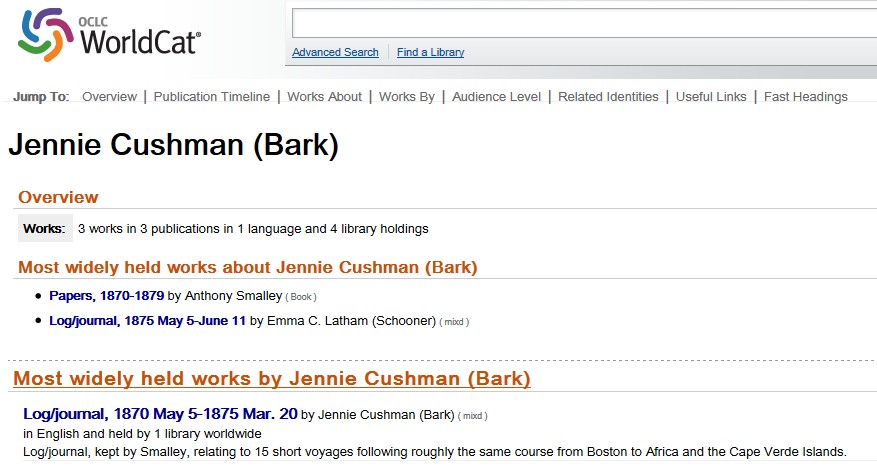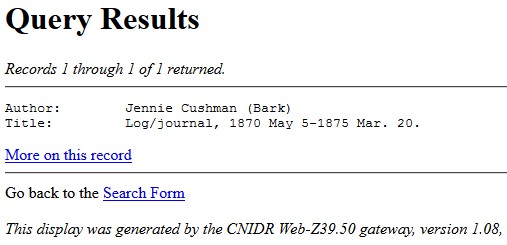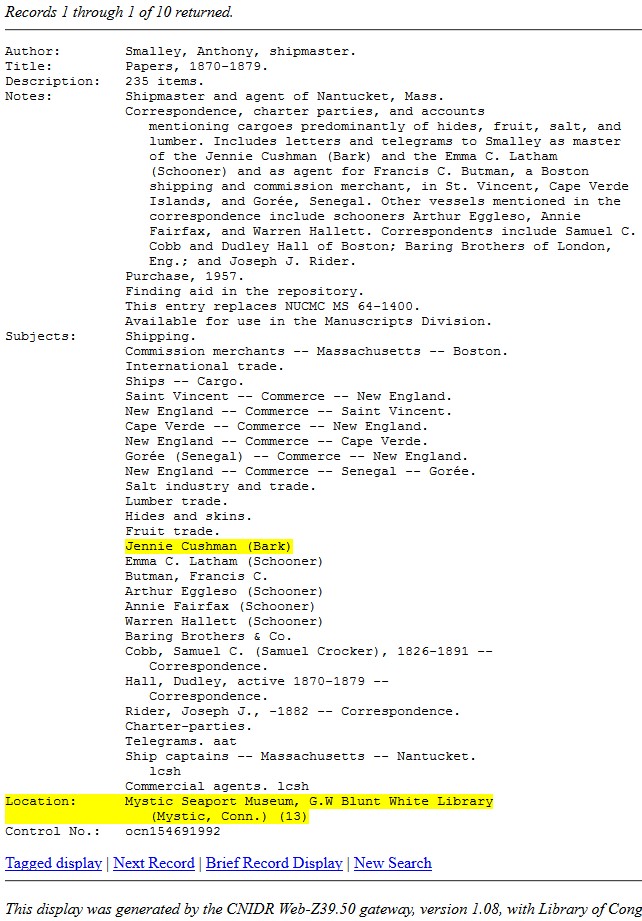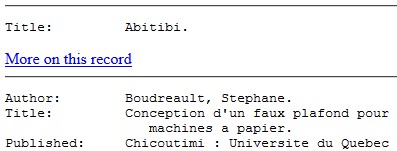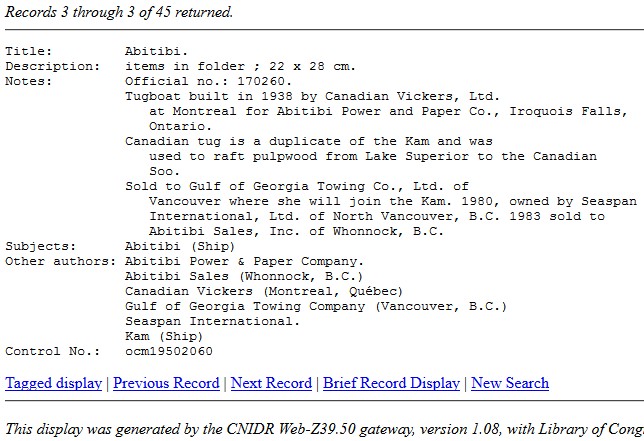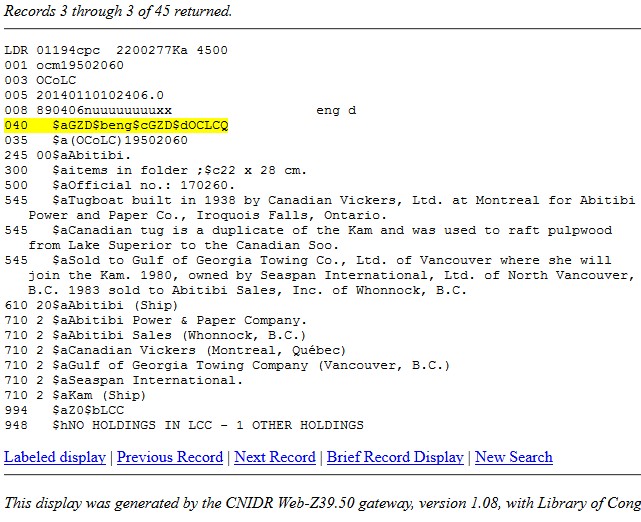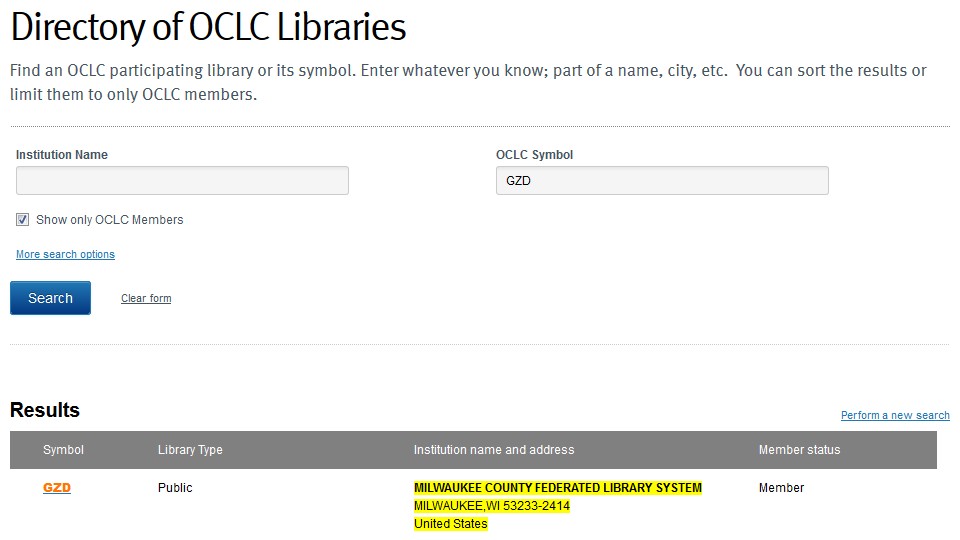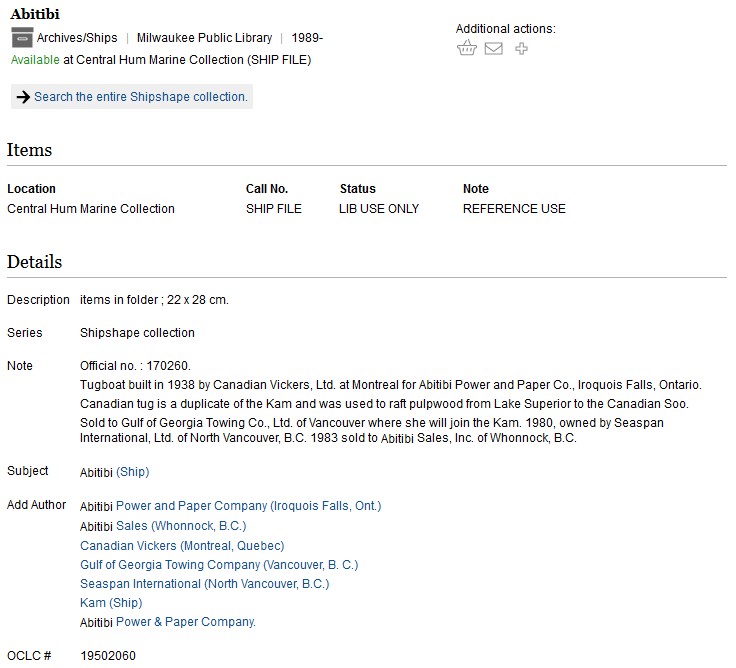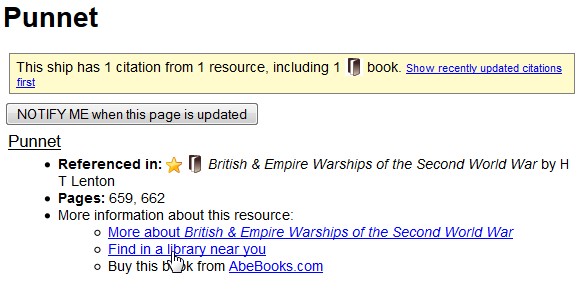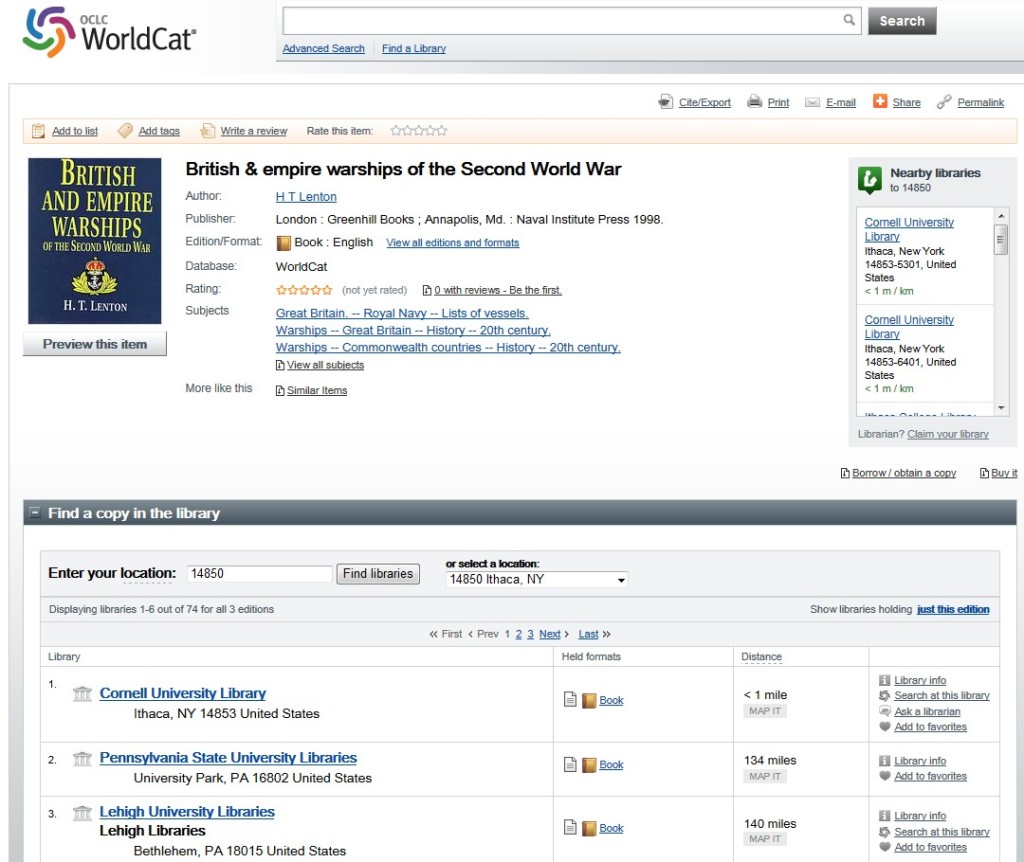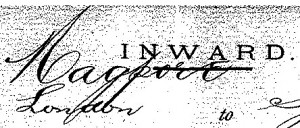I’ve had a long relationship with Mystic Seaport. When I was 16, my mom, brother, and I drove across the country and my mom included a visit to the Seaport on our itinerary, along with museums like Colonial Williamsburg, the Chicago Art Institute, the American Natural History Museum, Plimoth Plantation, the Metropolitan Museum of Art, the Philadelphia Museum of Art, and many more, with stops at the homes of friends and family in Ames, Iowa; Bloomington, Indiana; Winnetka, Illinois; and more. The ultimate destination was a week at a rented house on Martha’s Vineyard; on the way back to Seattle we drove up Michigan to visit Mackinac Island, then into Canada and back across, through Banff, Lake Louise, and Moose Jaw (in the distance).
It was a remarkable trip, and I suppose my introduction to Mystic Seaport on that trip represented a significant turning point in my life. A few years later, I learned about the Williams-Mystic Program in American Maritime Studies, and I delayed my graduation from college to attend the program. A year after that I returned to the Seaport for the spring, summer, and fall, to work on the Demonstration Squad. The Demo Squad shows visitors how all sorts of stuff is done, not just climbing the rigging and setting sails. When I was there, we would show how one splits a cod, we’d set up and run the breeches buoy tool that was used to rescue folks from near-shore shipwrecks, drop the anchor and then haul it back up with the winch on the L.A. Dunton, and of course we also set and furled sails on the Charles W. Morgan and the Joseph Conrad. That was a great work experience that I will always treasure; I made life-long friends while I was there for just a few months.
After that, I returned to attend Sea Music Festivals, either to listen the music, or to present at the associated symposia, or both. And then, my wife and I got married at the Seaport. I’ve returned whenever I reasonably can. Clearly, the place means a lot to me.
When I first heard about the Seaport’s plans to sail the Morgan at the end of her five-year restoration project, I didn’t believe it. I remember that my brother-in-law mentioned an article he’d read in the Hartford Courant, that mentioned these plans. When I’d worked at the Seaport, we had always said to visitors that the ship would not sail again; she was a museum artifact and that simply wasn’t in the cards. But my brother-in-law was right, and a few years ago, at a maritime history conference held at the Seaport, I heard the new Seaport president, Steve White, talk about the museum’s plans to sail the Morgan again. White talked at a jammed session in the Munson Room, in the library building. One audience member had many, many suggestions of where they could go to find sailors for the voyage. White gently assured the audience that finding people to sail on Morgan was the least of his worries at that point! I wondered how I could be one of those folks, but couldn’t imagine how I could possibly arrange it.
Fast forward a few years, to last fall, and the Seaport announced their “38th Voyagers” program. This trip will be the Morgan’s 38th voyage, and the Voyagers program is an application program in which 8-10 people will join each leg of the trip, to work on various projects related to the voyage, whaling, the impact of maritime history on American history, and more. I duly applied, and was thrilled to be accepted to the program.
In a future post I’ll write about what my project will involved (here’s a hint: you’re reading part of it), but for now, I want to briefly lay out what this voyage will look like. Later I’ll write about why I believe it matters so much.
The primary goal of the voyage was to create a homecoming for the Morgan in New Bedford, Massachusetts. The ship was built in New Bedford, and launched there, in 1841. The ship will be at State Pier in New Bedford for nine days, open to visitors, including over the 4th of July weekend. I understand that New Bedford is incredibly excited about the return of the ship, as they should be, and are planning to really put together a great visit for the Morgan. In addition to New Bedford, Morgan will make a number of other visits on the way to and from New Bedford, including Newport, RI, Provincetown, MA, and Martha’s Vineyard, and Boston.
The itinerary for the trip is shown below.
I went back to the Seaport in late April for a training day, and a chance to go climbing, in preparation for climbing the rigging while under sail. All in all, it was a great trip.
I will be sailing on the first leg, from New London, CT, to Newport, RI. I will post more about preparation for the trip, and other events related to it (and ShipIndex.org!) soon.

